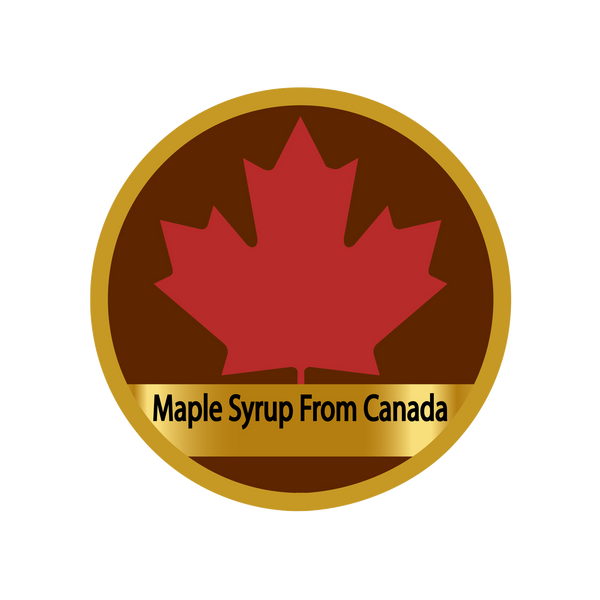Maple syrup is a premium natural sweetener known for its rich flavor and versatility, but it often comes with a high price tag. Several factors contribute to the cost of maple syrup, from its labor-intensive production process to the specific environmental conditions required for its production. Here’s a detailed look at why maple syrup is expensive and what justifies its high cost.
Labor-Intensive Production Process
1. Seasonal and Time-Consuming Harvest:
- Short Harvest Season: Maple syrup production occurs during a brief window in late winter to early spring, typically lasting only 4 to 6 weeks. This limited timeframe requires producers to work intensively during the sugaring season.
- Labor-Intensive Collection: The process of tapping trees, collecting sap, and boiling it down to syrup is labor-intensive. Each tap yields only a small amount of sap, and it takes about 40 liters (10 gallons) of sap to produce just 1 liter (1 quart) of syrup.
2. Skilled Labor:
- Expertise Required: Producing high-quality maple syrup requires skilled labor to ensure proper tapping, sap collection, and boiling techniques. Producers must have knowledge and experience to maintain the quality and consistency of the syrup.
Environmental Factors
1. Specific Geographic Conditions:
- Limited Growing Regions: Maple syrup production is geographically limited to regions with the right climate conditions. These include specific areas in Canada (Quebec, Ontario, New Brunswick, and Nova Scotia) and the United States (Vermont, New York, Maine, New Hampshire, Michigan, Wisconsin, Pennsylvania, and Ohio).
- Climate Dependency: The ideal conditions for sap flow are freezing nights and thawing days. These specific climate conditions are not available everywhere, making suitable regions rare and valuable.
2. Tree Maturity and Health:
- Long Maturation Period: Sugar maple trees (Acer saccharum) must be mature, usually 30 to 40 years old, before they can be tapped for sap. The long maturation period limits the availability of trees for syrup production.
- Sustainable Practices: Producers must manage forests sustainably, ensuring the health and longevity of maple trees. This includes careful tapping practices and forest management, which can be costly and time-consuming.
High Production Costs
1. Equipment and Technology:
- Modern Equipment: To increase efficiency and maintain quality, producers invest in modern equipment such as reverse osmosis machines, evaporators, and tubing systems. These technologies help reduce labor but come with significant upfront costs.
- Maintenance and Upkeep: Regular maintenance of equipment and facilities is necessary to ensure smooth operations and high-quality syrup production.
2. Quality Control and Certification:
- Stringent Standards: Maple syrup must meet strict quality standards and grading regulations, such as those set by the Maple Syrup Producers of Quebec (PPAQ). Ensuring compliance requires additional resources and costs.
- Certification Costs: Obtaining certifications for organic or premium-grade syrup involves thorough inspections and additional costs, which are reflected in the final price.
Market Demand and Supply
1. High Demand:
- Global Popularity: Maple syrup is highly sought after worldwide for its unique flavor and versatility in cooking and baking. High demand, especially for pure, high-quality syrup, drives up prices.
- Limited Supply: The combination of a short production season, specific geographic conditions, and sustainable harvesting practices results in a limited supply of maple syrup.
2. Export Costs:
- Transportation and Export Fees: Shipping maple syrup internationally involves significant transportation and export costs. These costs are passed on to consumers, contributing to the higher price of imported maple syrup.
Conclusion
The high cost of maple syrup is justified by its labor-intensive production process, specific environmental requirements, high production costs, and strong market demand. From the careful tapping of mature sugar maple trees to the skilled labor required for production and the stringent quality control measures, every step in the process contributes to the final price. Understanding these factors highlights the value of maple syrup as a premium natural sweetener and explains why it commands a higher price compared to other sweeteners.
For more insights into maple syrup production and its unique qualities, visit Maple Syrup From Canada and explore the world of this exceptional natural product.

